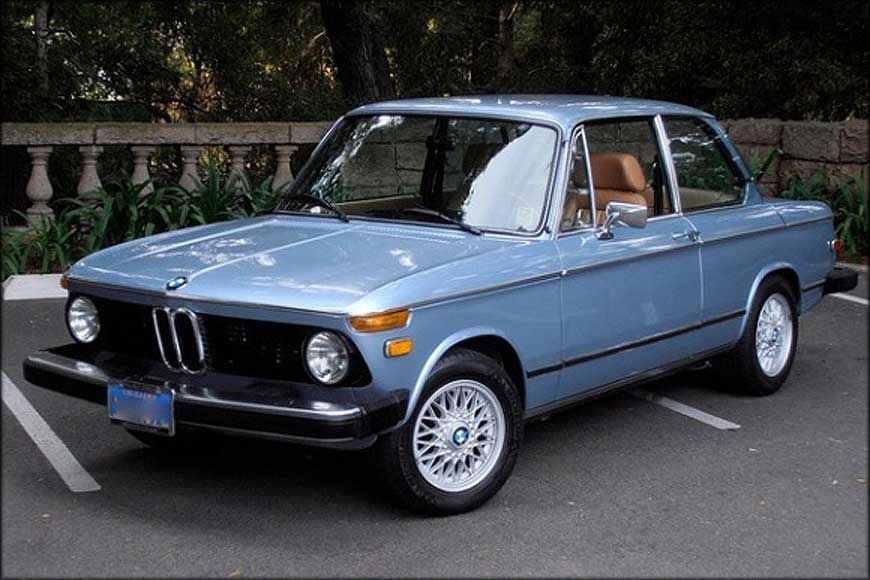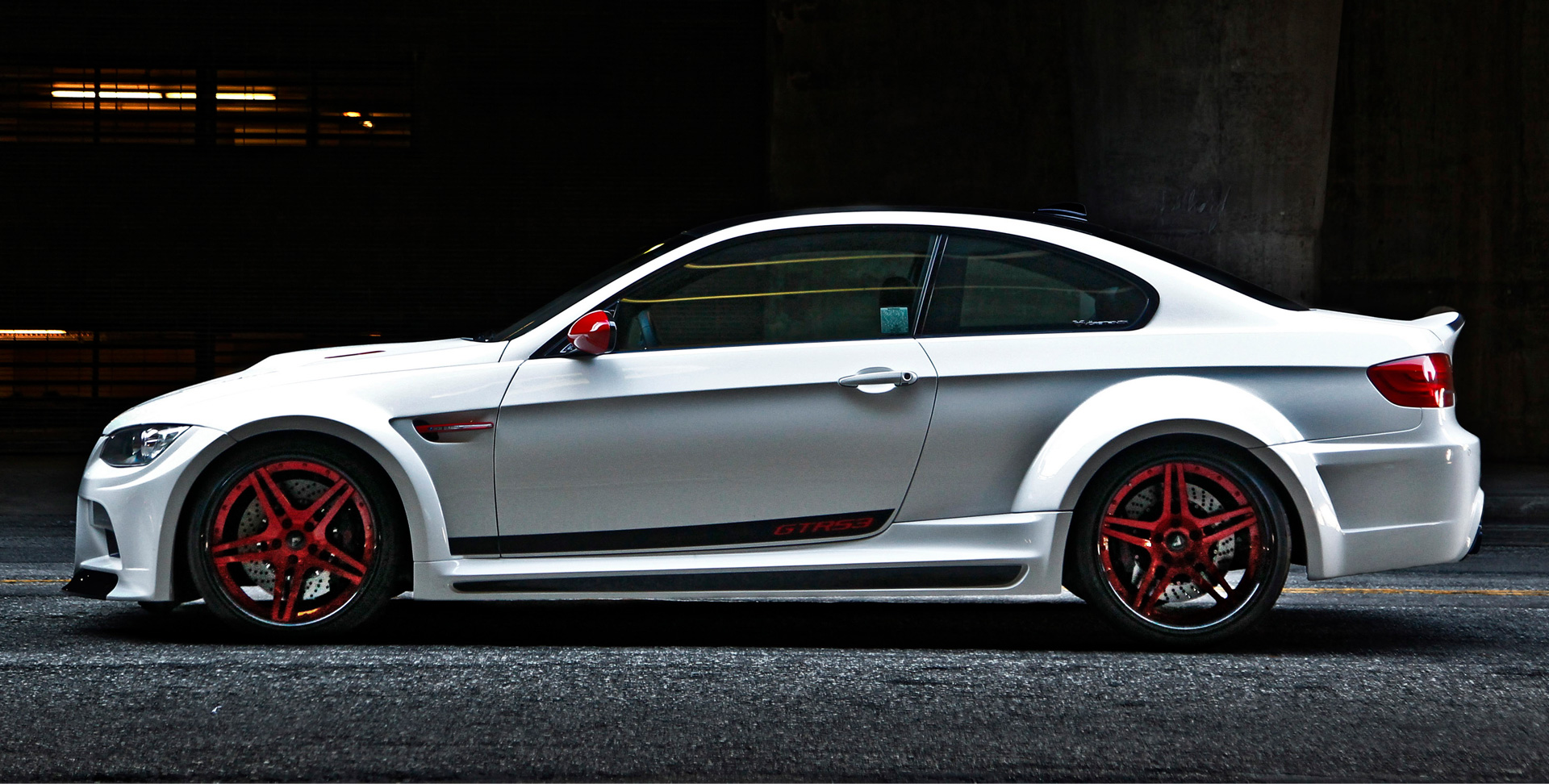The first 02 Series produced was the 1600-2
The BMW 02 Series is a range of compact executive cars produced by German automaker BMW between 1966 and 1977, based on a shortened version of the New Class Sedans. The 02 Series caught enthusiasts' attention and established BMW as an international brand.
The first 02 Series produced was the 1600-2 (later renamed 1602) in 1966. In 1975, the 02 Series was replaced by the E21 3 Series (except for the 1502 model which continued until 1977).
The 1600-2, as the first "02 Series" BMW was designated, was an entry-level BMW, and was smaller, less expensive, and less well-appointed than the New Class Sedan on which it was based. BMW's design director Wilhelm Hofmeister assigned the two-door project to staff designers Georg Bertram and Manfred Rennen. The 23 cm (9.1 in) shorter length and wheelbase and lighter weight of the two-door sedan made it more suitable than the original New Class sedan for sporting applications. As a result, the two door sedan became the basis of the sporting 02 Series.
Beginning in 1968, a convertible based on the 02 body was built by Karosserie Baur. A hatchback, called the Touring model, was developed from the 02 body, being available from 1971. Only 25,827 Touring models were sold, therefore the models were discontinued in 1974.
At the Paris Motor Show in 1969, BMW unveiled a fastback 2002 GT4 concept car. This model never reached production.
1600 / 1602
The 1600-2 (the "-2" meaning "2-door") made its debut at the Geneva auto show in March 1966 and was sold through 1975, with the designation being simplified to "1602" in 1971. The 1.6 L M10 engine produced 63 kW (84 hp) at 5,700 rpm and 130 N⋅m (96 lb⋅ft) at 3,500 rpm. In 1968, Road & Track declared the US$2676 1600 "a great automobile for the price"
A high performance version, the 1600 TI, was introduced in September 1967. With a compression ratio of 9.5:1 and the dual Solex PHH side-draft carburettor system from the 1800 TI, the 1600 TI produced 82 kW (110 hp) at 6,000 rpm. Kerb weight for the 1600 TI is 960 kg (2,120 lb).
The 1600 TI was not sold in the United States, as it did not meet their emission standards.
Also introduced in September 1967 was a limited-production cabriolet, which would be produced by Baur from 1967 through 1971. A hatchback 1600 Touring model was introduced in 1971 but was discontinued in 1972.
2002
Helmut Werner Bönsch, BMW's director of product planning, and Alex von Falkenhausen, designer of the M10 engine, each had a two-litre engine installed in a 1600-2 for their respective personal use. When they realized they had both made the same modification to their own cars, they prepared a joint proposal to BMW's board to manufacture a two-litre version of the 1600-2. At the same time, American importer Max Hoffman was asking BMW for a sporting version of the 02 series that could be sold in the United States.
As per the larger coupe and 4-door sedan models, the 2.0 engine was sold in two states of tune: the base single-carburetor 2002 producing 75 kW (101 hp)and the dual-carburetor high compression 2002 ti producing 89 kW (119 hp). The 2002 Automatic, with the base engine and a ZF 3HP12 3 speed automatic transmission, became available in 1969.
In 1971, the Baur cabriolet was switched from the 1.6 L engine to the 2.0 L engine to become the 2002 cabriolet, the Touring hatchback version of the 02 Series became available with all engine sizes available in the 02 Series at the time and the 2002 tii was introduced as the replacement for the 2002 ti. The 2002 tii used the fuel-injected 97 kW (130 hp) engine from the 2000 tii, which resulted in a top speed of 185 km/h (115 mph). A 2002 tii Touring model was available throughout the run of the tii engine and the Touring body, both of which ended production in 1974.
The 2002 Turbo was launched at the 1973 Frankfurt Motor Show. This was BMW's first turbocharged production car and the first turbocharged car since General Motors' brief offerings in the early 1960s. It produced 127 kW (170 hp) at 5,800 rpm, with 240 N⋅m (180 lb⋅ft) of torque. The 2002 Turbo used the 2002 tii engine with a KKK turbocharger and a compression ratio of 6.9:1 in order to prevent engine knocking. Kugelfischer mechanical fuel injection was used, with integrated boost enrichment feature. The 2002 Turbo was introduced just before the 1973 oil crisis, therefore only 1,672 were built.
1802
The 1802 was introduced in 1971 and was available with either the original 2-door sedan body or the 3-door Touring hatchback introduced that year. Production of the Touring model continued until 1974, with the 1802 sedan ending production the following year.
1502
The 1502, an economy model with an engine displacement of 1573 cc was introduced in 1975. This engine had a lower compression ratio of 8.0:1, therefore standard-octane petrol could be used. While the rest of the 02 Series was replaced in 1975 by the E21 3 Series, the 1502 was continued until 1977.
1971 facelift
In 1971, the 02 Series received a facelift. The 3-door hatchback "Touring" body style and the 1802 model were introduced as part of the facelift, and the 2002ti was replaced by the 2002tii. Other changes included wraparound bumpers for all models, a 2-piece instrument cluster and new seats.
1973
Exterior trim changes, including the revised tail-lights (except for Touring models), grille and kidney trim.
1975
The 1502 is introduced as the base model.
Special models
2002 ti Diana
To celebrate the marriage of racer Hubert Hahne to Diana Körner, twelve custom 2002 ti models were built with changes including twin headlights (from the 2800 CS) a leather interior and Italian aluminium wheels. Each of the twelve cars were painted in a different colour. There are only four known remaining 2002 ti Diana cars.





